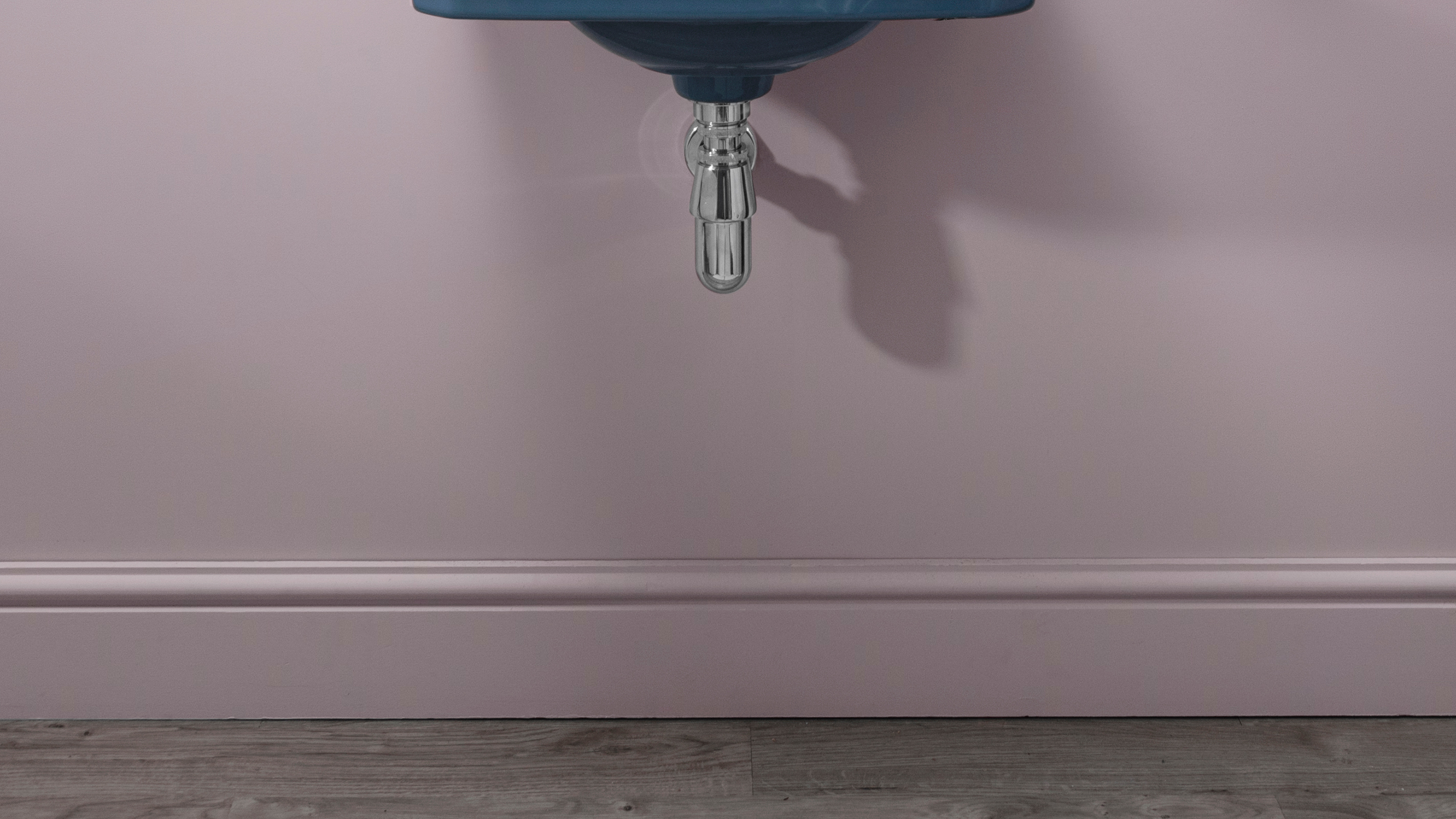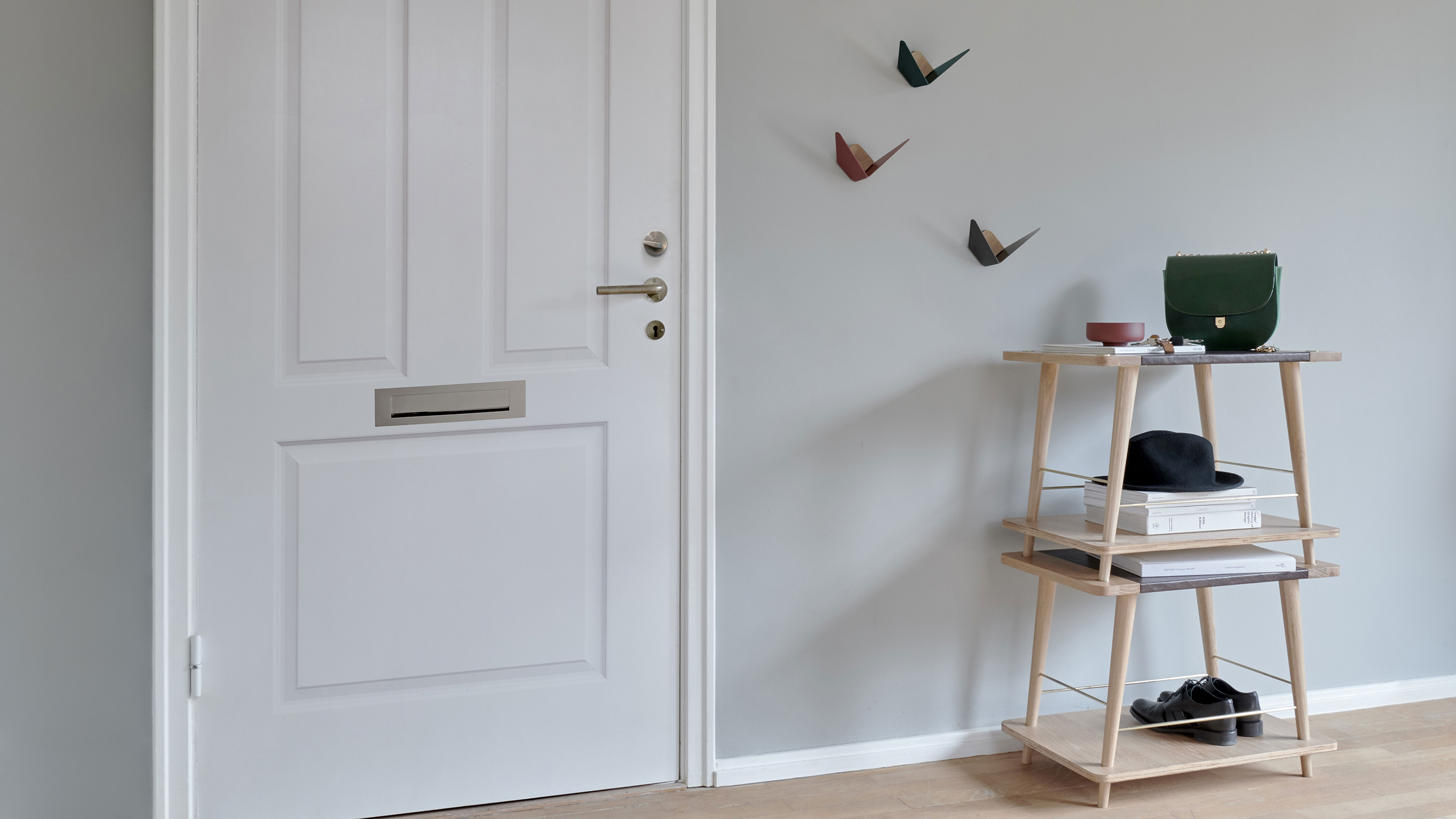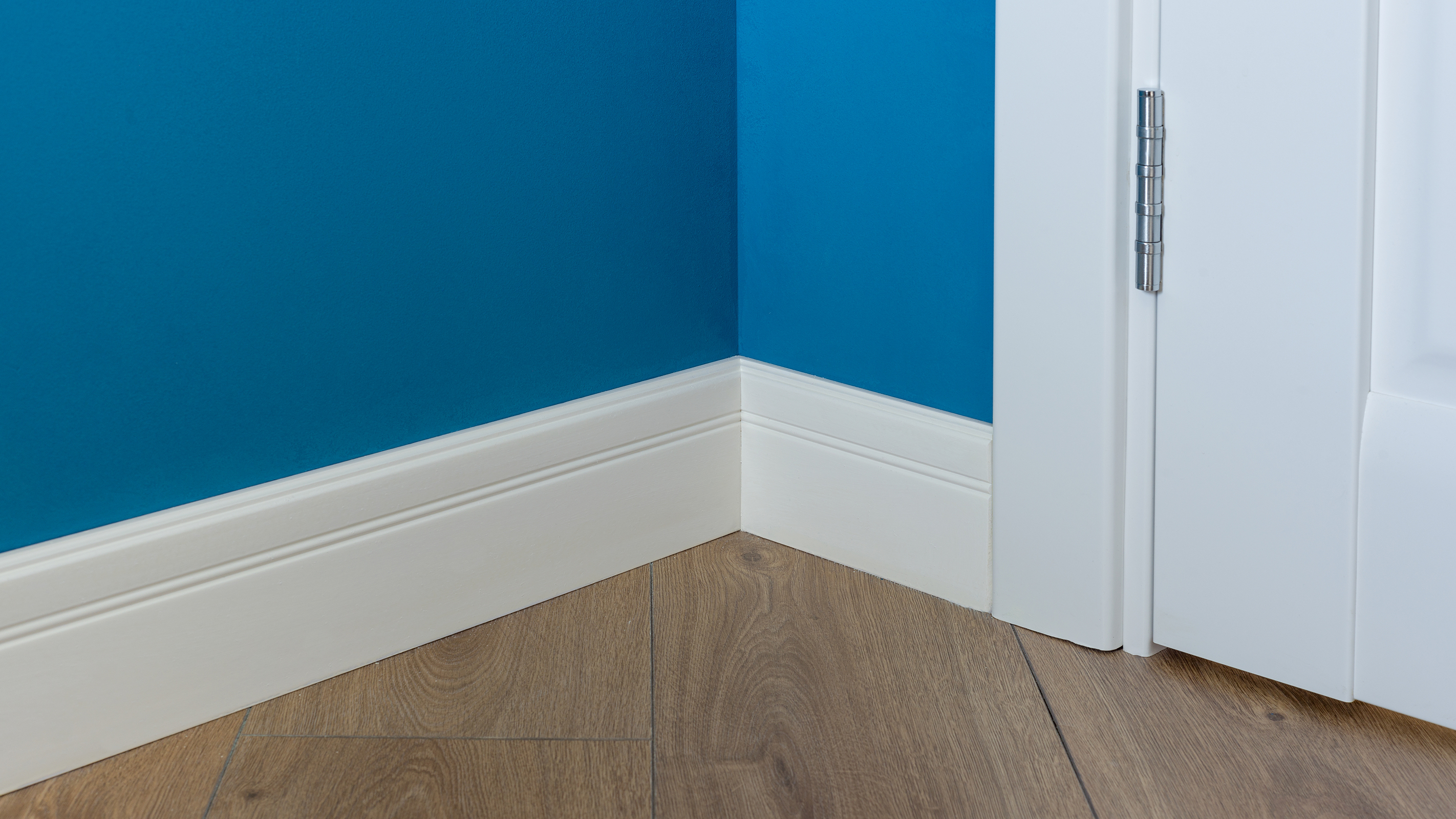Skirting Board Sizes Explained: How to Choose the Right Size
Skirting board sizes might not be the first thing you think of when it comes to your interior design, but this small detail can make a big difference

Although choosing your skirting board sizes might not be one of the most exciting or glamorous decisions you have to make when designing your interior scheme, it is an important one nonetheless.
Skirting board sizes, along with their profile and finish, can have a massive impact on the finished look of a space. This is one of those smaller details that, when overlooked or approached in the wrong way, will stand out like a sort thumb.
Before you get round to the more fun jobs such as painting skirting boards and walls, take time to look at what size boards will be best for your rooms and the options that will be available to you.
Here, we answer the most common questions asked when it comes to choosing skirting board sizes to take the guesswork out of your decision.

Are There Standard Skirting Board Sizes?
When choosing skirting boards for your home you will see that there are standard, or common, skirting board sizes on offer. However, it is important to choose the size that is most suited to your home rather than going for the product that is the easiest to get hold off.
There is not just one standard skirting board size, but a range of common sizes. If you can't find a size that is suitable for your rooms then it is quite possible to order bespoke skirting boards — the ideal solution for anyone looking to match existing original skirting boards in a renovation project.
What is The Average Skirting Board Height?
The main dimension to be concerned with when it comes to choosing and considering how to fit skirting boards is the height as this is the one that will have the biggest impact on the final look of your space.
As mentioned before, rather than there being just one standard skirting board size, there are actually a range of common skirting board heights and these vary from 120mm up to 230mm. The most popular standard skirting board height is 145mm.
That said, it is quite possible to buy off-the-shelf skirting boards in heights from 70mm right up to 400mm.

How Deep Should Skirting Boards Be?
Other than height, it is important to consider the depth of skirting boards — or how far they will protrude out from the wall.
There are various standard thicknesses that skirting boards tend to be available in. If you have existing skirting boards or architrave then it is a good idea to match their thickness when specifying new skirting, but if not then the choice will simply be down to personal preference.
The most commonly used skirting board depth is 18mm, although they can be as thin as 12mm and upwards of 32mm.
The skirting board profile you choose will have some effect on the thickness you can opt for too — very thin skirting tends to be restricted to square edge, pencil round and other more simple profiles.
What is the Profile Size of a Skirting Board?
The profile size of skirting boards is the size of the detailed section (the profile) of the board — not the height of the board itself. The overall height of a board is made up of the height of the flat section of the board along with the height of the profiled section.
Very simple profiles will not have as much height as some of the more detailed designs and in this case it can sometimes look odd to put them on very high skirting as it leaves you with a large flat area of board.

What Lengths Do Skirting Boards Come In?
Skirting boards come in many different lengths as they are designed to be cut to fit the dimensions of a room — in many ways, this is the least important dimension when it comes to skirting board sizes, although obviously you need to order long enough sections as cutting skirting boards can be a fiddly job.
Longer lengths of skirting (commonly from 3050mm up to 4200mm) are ideal if you have long walls as you will have less joins. However, if you live in a smaller property with shorter walls then seeking out shorter lengths is a good idea as they will be easier to store and work with. Lengths of 2200mm and 24000mm are both readily available.
It is often possible to ask to have skirting cut to length in store too.
Which Skirting Board Size is Right For Me?
When choosing a skirting board size that will suit your interior scheme you should aim to keep everything in proportion.
Ceiling height is often one of the main deciding factors here — if you live in a Georgian, Victorian or Edwardian home you are likely to have very high ceilings and in this case, a taller style of skirting board is preferable to break up those large expanses of wall.
Likewise, a lower ceiling will often seem more oppressive if a high skirting board style is fitted — in this case a more simple, discreet and small design is usually more suitable.
The style of your home should play a part too — those after a crisp, minimalist look might find a smaller, less visually intrusive skirting board size will look best. Those with soaring ceilings might like to take a look at extra tall skirting ranges with heights of 350mm and more — they can make a really exciting design feature in their own right.
Get the Homebuilding & Renovating Newsletter
Bring your dream home to life with expert advice, how to guides and design inspiration. Sign up for our newsletter and get two free tickets to a Homebuilding & Renovating Show near you.
Natasha was Homebuilding & Renovating’s Associate Content Editor and was a member of the Homebuilding team for over two decades. In her role on Homebuilding & Renovating she imparted her knowledge on a wide range of renovation topics, from window condensation to renovating bathrooms, to removing walls and adding an extension. She continues to write for Homebuilding on these topics, and more. An experienced journalist and renovation expert, she also writes for a number of other homes titles, including Homes & Gardens and Ideal Homes. Over the years Natasha has renovated and carried out a side extension to a Victorian terrace. She is currently living in the rural Edwardian cottage she renovated and extended on a largely DIY basis, living on site for the duration of the project.

